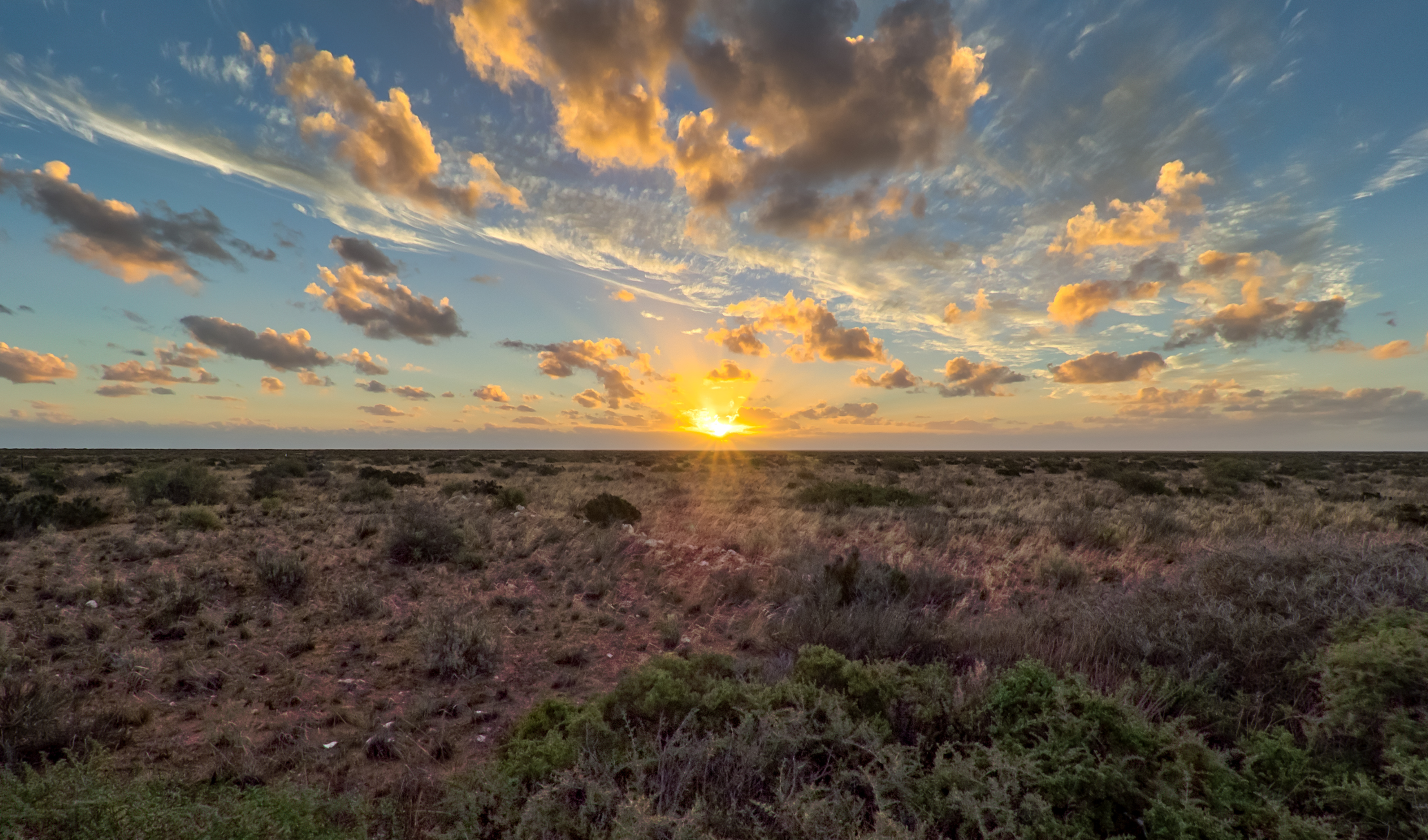Artworks by Indigenous Australians, some dating back tens of thousands of years, have suffered damage recently from mining operations, climate change, and now deliberate vandalism. Irreparable damage to Koonalda Cave on the Nullarbor Plain suggests no part of the country is safe, even when there is no money to be made. For the traditional owners, the damage has been compounded by insensitivity after its discovery.
“Don’t look now, but this is a death cave” was scratched into the Koonalda’s rock, defacing artworks stretching back tens of thousands of years. Archaeologist Keryn Walshe told The Guardian: “The vandals caused a huge amount of damage. The art is not recoverable.”
“Koonalda is one of our most important Whale Dreaming songline places of art and one of the last of its kind on this planet,” senior elder of the Mirning People Uncle Bunna Lawrie said in a statement provided to IFLScience. “All of our Elders are devastated, shocked and hurt by the recent desecration of this site.”
The vandalism has met with universal condemnation, but even those outraged haven’t necessarily done a good job of respecting the Mirning People’s connection to the site. The Mirning Cultural Group told IFLScience the Mirning Elders “Only found out about the desecration through the media.” Many media outlets have shared images of the damage, in breach of protocols regarding showing photographs from inside the caves. Permission was not sought from Mirning Elders, although the photograph has been wrongly credited to them. Other outlets have quoted an individual and incorrectly identified him as being a Mirning Elder.
Australia is rich in cave art, but Koonalda is distinctive. The rock is so soft that instead of painting it, Indigenous Australians carved it with their fingers. Some of the carving has been dated to 22,000 years, putting it close to the peak of the last Ice Age, and occupation may go back much further. As the Mirning Cultural Group noted to IFLScience, at the time much of what is now the Great Australian Bight was a coastal plain that was part of the Mirning people’s hunting grounds. Sites such as Koonalda have assisted transmission of stories from that time over almost a thousand generations.

The Bunda cliffs are where the Nullarbor meets the sea, but once the area to the south was a vast coastal plain. Image Credit: Bill Doyle, provided by the Mirning Cultural Group
The sacred art has also contributed to non-Indigenous Australians’ understanding of the continent’s true history. In 1956, archaeologist Dr Alexander Gallus reported the art, the first time Europeans had become aware of Australian Indigenous art in a place sunlight does not reach.
Gallus measured the age of the markings and nearby remains at 22,000 years, almost tripling the 8,700 year-old record for human occupation in Australia at the time. Although numerous sites two to three times as old have been identified since, the finding played an important role in recognition of Indigenous culture’s deep age.
“We are in mourning for our sacred place. Koonalda is like our ancestor. Our ancestor left his spirit in the wall, of the story, of the songline,” Lawrie said.
Although on Australia’s National Heritage list since 2014, Koonalda Caves were not internationally, or even nationally famous, prior to the attack. Located slightly closer to Adelaide than Perth, either way it’s at least a 12-hour drive from a major city. Located in Nullarbor National Park, the site has not been developed for tourism, reflecting its extreme fragility and the Mirning’s wishes.

The Nullarbor plain living up to its name, and revealing the beauty that exists above the ground hear the valandalized cave. Image Credit: Bill Doyle, provided by the Mirning Cultural Group
The nearest “town” (population 53) is more than an hour’s drive away, and a substantial diversion even for someone passing on the highway. Although the motivation remains unknown, the vandalism was not a spontaneous act; it would have required forethought just to reach the site.
Since 2018 the Mirning people have appealed to the South Australian government to secure the site to prevent entry, but this had not occurred. Access works against the traditional custodian’s wishes may be the cause of a collapse at the cave’s entrance.
Attacks on Indigenous artworks aren’t restricted to Australia. Native American petroglyphs in Utah had racist phrases scratched over them in 2021, for example. Three years earlier, a truck driver left deep scars on the World Heritage listed Nasca lines in an effort to avoid paying a toll.
Source Link: Vandals Destroy 22,000-Year-Old Australian Cave Art After Protection Calls Ignored